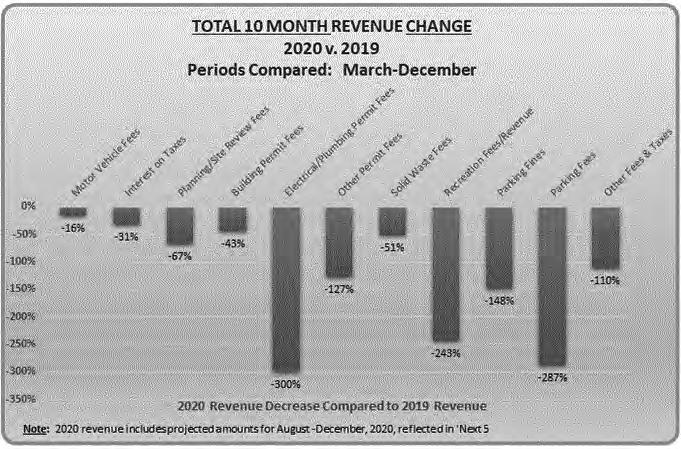NEW HAMPSHIRE ASSOCIATION OF REGIONAL PLANNING COMMISSIONS
This segment is another in a series highlighting NHARPC’s efforts to provide education on planning-related topics.
38
Innovations in Community Engagement By James Vayo, Shayna Sylvia, Nancy O’Connor
C
itizen engagement in municipal, regional, and statewide planning processes is an ideal expression of people’s desire to make their communities better. From citizen’s forums, public hearings and local voting opportunities, to surveys and community-based activities, the engagement opportunities vary depending on the project. With one idea uniting them all, these engagement methods are designed to involve residents and align decision-making with the needs of people who live, work, and play in the community. To set the stage for successful outcomes, planners need to identify outreach strategies early on in their projects and plan for meaningful citizen engagement throughout the entirety of the process. Relative to the role of regional planning commissions, certain planning realms like transportation, come with legal mandates for public engagement. To ensure outreach and engagement goals are met, it is important for planners to go beyond the minimum of legal mandates for public engagement and develop relationships with community partners, leverage overlapping interests in the project; design fun and interactive activities; and use new technology and innovations to enhance the outreach process. While outreach and engagement strategies have changed over time with advancing technologies, traditional in-person approaches are still used frequently for a variety of projects and municipal processes. With that said, the COVID-19 pandemic has rapidly and substantially altered public engagement activities. Public entities have had to think outside the box when designing community involvement. Online forum tools like ZOOM and Microsoft Teams, as well as, survey platforms like SurveyMonkey, provide planners, municipal staff, volunteers, and agency partners a variety of approaches to engage stakeholders in the decision-making process.
SRPC Staff at the Somersworth National Night Out Event for its Pathways to Play project.
heavily on in-person outreach to inform the City of Dover’s Culture and Recreation Master Plan Chapter update. While both digital and face-to-face approaches were used, 740 of the 1,200 citizens engaged with the project were in-person participants. SRPC created innovative activities to engage adults and children. For youth engagement, staff created a “design your dream park” sticker activity”, which was showcased at Dover’s Downtown Trick or Treat event. This included an 8.5 x 11 template and 20 different activities symbolized by iconized stickers where children could identify their favorite activities to include in their dream park. As a result, the commission received feedback from 150 children.
Creative Regional Planning Commission Engagement
Staff also created a feedback loop, where they used input from previous events to inform and engage individuals at later outreach opportunities. Early on, SRPC staff asked project participants what type of public art they would like to see in Dover, and where. Once a list was created, staff used photoshop to create renderings of what this art could look like, and brought these to an Art Walk event. Those participating in the Art Walk were invited to share their thoughts about each rendering. The community provided strong positive feedback to seeing the visuals of their ideas brought to life through the renderings.
Prior to the COVID-19 pandemic, staff from Strafford Regional Planning Commission (SRPC) relied
When the Town of Goffstown engaged SNHPC to assist with their Master Plan update, commission
NEW HAMPSHIRE TOWN AND CITY
www.nhmunicipal.org







